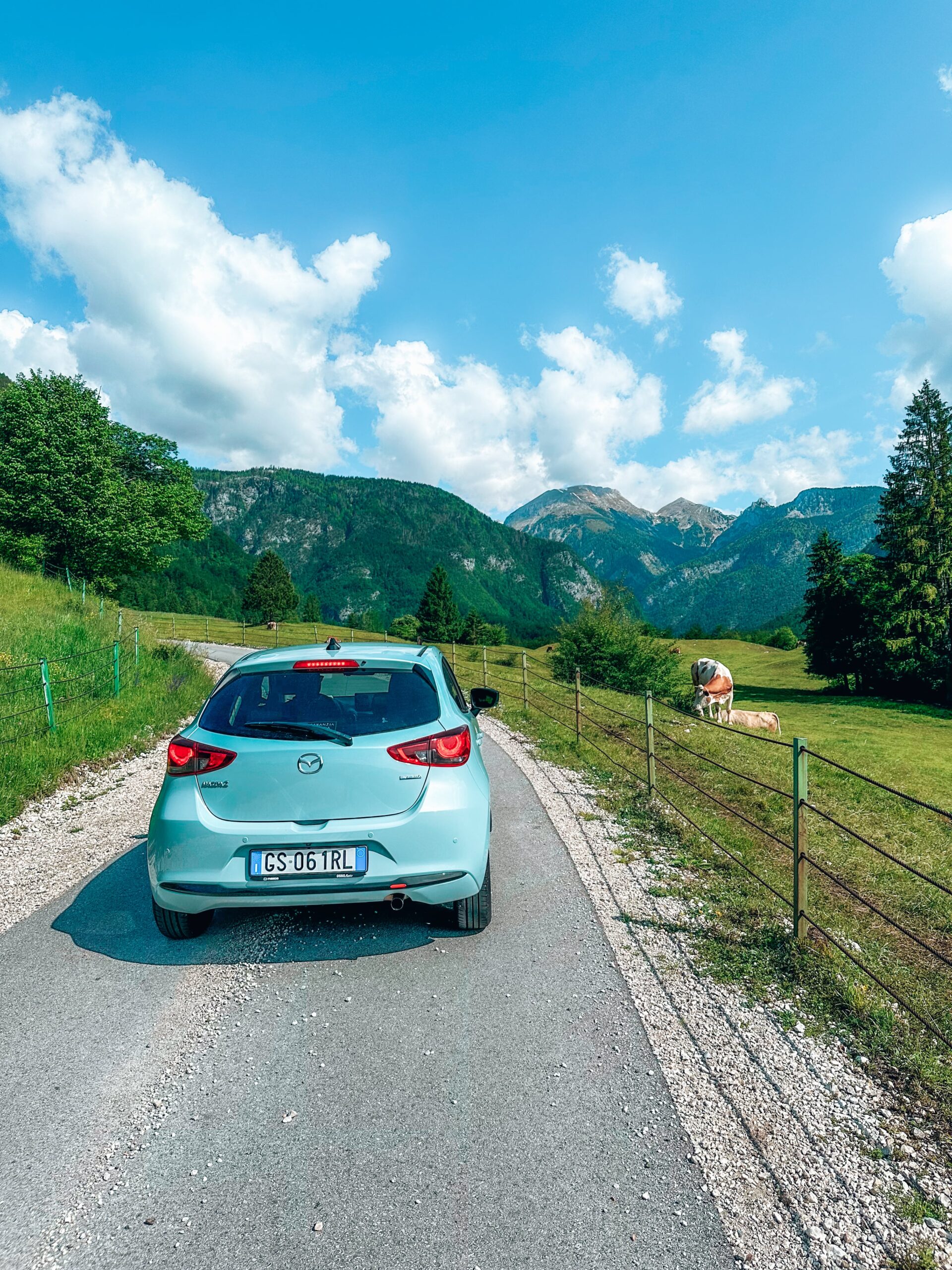Having WiFi on board a campervan is great for keeping in touch with loved ones, working remotely, and enjoying a movie, cosied up while it’s blowing a gale outside. The ability to connect to WiFi means as long as your device has a signal, you can access the internet from wherever you are in your campervan.
So, let’s find out how to get WiFi for your campervan!
Getting WiFi in a campervan is possible by connecting to an external WiFi source, using a signal booster, investing in a portable router or dongle, or using your mobile phone as a hotspot. Be aware of roaming charges some companies have when travelling and using internet outside of the UK.
Connecting to the internet nowadays is essential for most people, vanlifers included. Many use the internet in their campervan to support their work while they travel, keep in touch with friends and family, and find places to explore.
Read: 10 Vanlife Essentials You Need For Your Campervan
Can I Get WiFi In My Motorhome?
Getting WiFi in your motorhome is quite simple, and there are a few different ways of doing it! Connecting to an external WiFi unit is always a possibility, especially when staying at campsites or parking near public areas. When connecting to WiFi sources, especially those that are public, be cautious about the information you’re sharing. Be mindful of using bank details or other sensitive information to minimise risks when connected to public WiFi.
It can be safer and more convenient to invest in a WiFi router or dongle which can be password protected so only you and those you share your password with can connect to the device. Along with increased privacy, this can also be far more convenient as you aren't limited to staying around a particular restaurant or campsite; you can take your WiFi anywhere you go!
| >> CLICK HERE TO SHOP MY VANLIFE ESSENTIALS << |
|---|

What Options Are There For Getting WiFi While Travelling In My Campervan?
When travelling in a campervan, connecting to the internet can be important for work and navigating new places when using mobile apps in low-signal areas. Having a few different options for WiFi for campervans means you can stay connected and don’t have to drive around endlessly in search of a signal.
Connecting To External WiFi Source
Connecting to WiFi at a cafe, restaurant, or other public location can be a great fallback option if you’re struggling for a signal. Using public WiFi comes with risks, so it can be beneficial to invest in a VPN or similar to protect yourself while searching the web. WiFi for campervans can easily be found at campsites which usually offer WiFi included in the price.
Use a Signal Booster
The goal of a signal booster is included in its name! These devices work to create a better mobile signal so you can boost your phone’s reception, turn on your hotspot, and connect your laptop or tablet to your phone’s signal. A booster can be especially beneficial when travelling in low-signal areas.
Purchase a Portable Router or Dongle
Routers work by broadcasting a signal to the devices it’s connected to. Similarly, a WiFi dongle fits into a USB slot, creating an internet connection. Both forms of portable WiFi can be reliable ways of connecting to the online world, with a dongle being more space-efficient if you lack room for a router.
Use Mobile Phone Hotspot
Using your mobile phone’s hotspot is an ideal way of connecting to the internet if you have a plan with ample data and you’re not looking to purchase an additional WiFi device. Using your mobile’s hotspot can use a considerable amount of data from your phone, as well as incur additional roaming charges outside of the UK. Be sure to check the terms and conditions of your plan to avoid any surprising charges.
| >> CLICK HERE TO SHOP MY VANLIFE ESSENTIALS << |
|---|

What Is The Cheapest Way To Get Wi-Fi for Your Campervan?
Using your mobile phone as a hotspot or using free WiFi in public places or campsites are some of the cheapest ways to get WiFi in your campervan. Although cost-efficient, these methods may not have the best longevity as public WiFi lacks privacy, and relying on your mobile can use your data quickly.
It’s worth exploring what options your current mobile phone provider has in terms of WiFi devices, as they might be able to offer you a deal for taking out a WiFi plan. If you have a bigger budget, many vanlifers are choosing to install Starlink, which promises to supply signal almost anywhere on the planet! This isn’t the cheapest option, but it’s one of the most reliable ways of getting WiFi for campervan.
How To Get WiFi In My Campervan Using A Mobile Phone?
Turning your mobile phone into a hotspot is easy, and provided you have enough data to support using your mobile, it can be a way of staying connected to the web during your travels. You can usually find the hotspot mode in your phone’s internet settings. Once this is switched on, you should be able to see the name of your phone’s WiFi on your computer or tablet. Connecting to it will enable you to surf the web as you please, though remember to turn the hotspot back off when you’re finished to avoid using unnecessary data.
How To Get Internet In Your Campervan Using A WiFi Dongle?
Choosing to use a WiFi dongle for your campervan internet is a reliable, affordable choice, but you’ll also need to purchase a SIM card to use in the dongle. Different companies will offer various price plans and options for an internet dongle SIM, so don’t be afraid to do some research and shop around for the best deals that offer you everything you need for your campervan WiFi. Using an antenna alongside a dongle can help increase your chances of finding a better signal, so this might be worth it if you’re looking for a more stable internet connection.
What Is The Best WiFi Booster For Vanlife In The UK?
Finding the best WiFi booster for vanlife in the UK depends on your budget and signal requirements, however, this KUMA wifi booster has countless positive reviews, is 12V, easy to install and use, and has a 2-year warranty. The powerful outdoor antenna promises to boost signal, with a guarantee to work on all UK and EU networks.
| >> CLICK HERE TO SHOP MY VANLIFE ESSENTIALS << |
|---|













